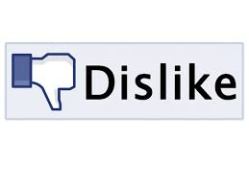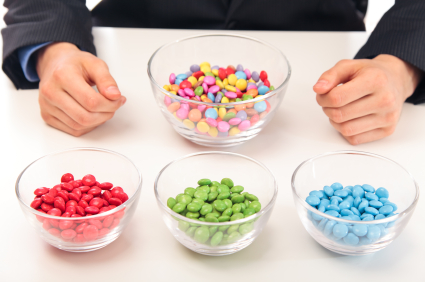Facebook, once the center of social connection, seems to be now losing its addictive craze. But what could cause such a predominate part of social interactions to slowly take a fall back to Twitter and Instagram?
Brand pages are most contributing to the fall of Facebook. Everyone has it so I see why our favorite brands would want to have a profile themselves. It seems like brands have realized how useful Facebook is for creating awareness and generating conversation. Ads and posts bombard us consistently by brands we do and do not choose to follow. The content can be good, but the amount of content we see on Facebook every day has begun to annoy us and mix the good posts into the lump of bad ones. It was only a matter of time before sidebar ads became posts. Right in your feed all day, every day.
So does posting ads and “vanilla” content work for generating sales? No, brands are getting confused about what Facebook is useful for, conversation.
How can a brand differ itself from the rest? Engaging, relative and useful content should be the aim and focus. If you are posting relative content that is useful or interesting in one way or another it breaks that brand away from the rest. Understanding what they want to get out of having a Facebook profile and what use it will have for them is key to maintaining and collecting followers or ”likers”.
Becoming less of a brand and more of a “real person” will put you above the rest. Create conversation and post interesting, relative content.
Read more about this topic here: http://soshable.com/disconnected-are-brands-contributing-to-facebook-fatigue/#more-10139


